7 Must-have Website Design Elements for a Successful Shopify Store

Table Of Contents
In today's digital era, a visually appealing and user-friendly website is crucial for capturing the attention of potential customers and driving sales. Understanding the critical design elements that can elevate your Shopify store.
Join us as we explore 7 website design elements that will captivate your audience, maximize conversions, and create an unforgettable shopping experience. Get ready to uncover the secrets behind creating a successful Shopify store and watch your online business thrive like never before!
Stunning Visual Design

(image source: EComposer’s template)
In the vast digital landscape of eCommerce, first impressions matter immensely. "Stunning Visual Design" refers to the art of crafting a visually captivating and aesthetically pleasing Shopify store that immediately grabs the attention of your visitors. It involves blending eye-catching graphics, harmonious color schemes, intuitive layouts, and striking product imagery to create an immersive and delightful browsing experience.
Your website's visual design sets the stage for your brand identity, instills trust, and compels visitors to explore further. A visually stunning store conveys professionalism, reliability, and an unwavering commitment to delivering quality products or services.
Beyond aesthetics, a visually appealing design also enhances user engagement. It encourages visitors to stay longer, interact with your content, and boosts the chances of converting casual browsers into enthusiastic customers. Moreover, in today's visually-driven world, users are more likely to share captivating designs on social media, amplifying your brand's reach and visibility.
Tips
- Know Your Brand Identity: Understand your brand's personality, values, and target audience. Infuse your visual elements with elements that reflect your brand's unique identity and appeal to your customer's preferences.
- Clean and Intuitive Layout: Opt for a clutter-free and easy-to-navigate layout. Ensure that essential information is prominently displayed, and users can effortlessly find what they want.
- Striking Imagery: Invest in high-quality product images that showcase your offerings in their best light. Use lifestyle and contextual images to evoke emotions and demonstrate product use.
- Color Harmony: Pick a color scheme that enhances your brand and is in line with your target audience's tastes. Consistency in color creates visual harmony and reinforces brand recognition.
- Typography and Readability: Select fonts that are easily read on different devices. Strive for a balance between readability and visual appeal, and use font styles to emphasize essential messages.
- Whitespace Utilization: Embrace whitespace or negative space to create a sense of elegance and focus on essential elements. It helps avoid clutter and directs attention to critical areas of your website.
BONUS: You can use EComposer - Shopify Page Builder to help you create a professional website with stunning pages. This app provides 100+ versatile templates and advanced features to build a Shopify store. Especially, you don’t need to know about coding because of its user-friendly editor. Moreover, 24/7 live chat support will address all your concerns. Install EComposer now to save time & effort.
Remember, stunning visual design isn't just about making things look pretty. It's about telling your brand's story, captivating your audience, and providing a seamless user experience that leaves a lasting impression.
Compelling Content

Your content acts like an eloquent salesperson, guiding customers through their shopping journey and establishing trust. It educates about your offerings, addresses pain points, and demonstrates your commitment to offering excellent experiences. Captivating content sets you apart from the competition, fostering a loyal following that amplifies your reach through word-of-mouth marketing.
Tips
- Storytelling with Emotion: Craft narratives that resonate with your audience, tapping into their aspirations, desires, and challenges. Apply storytelling approaches to your material to make it more relatable, memorable, and emotionally impactful.
- Customer-Centric Approach: Focus on addressing your customer's needs, wants, and pain points. Tailor your content to provide solutions and demonstrate how your products enrich their lives.
- Persuasive Product Descriptions: Go beyond basic features and specifications. Paint a picture of the benefits, highlighting how each product solves specific problems or fulfills desires.
- Use of Visuals: Complement your content with visually appealing elements, such as images, videos, and infographics. Visuals enhance engagement and help convey complex ideas effectively.
- Consistency in Voice and Tone: Maintain a consistent voice and tone that aligns with your brand's personality. Whether it's playful, informative, or professional, a consistent voice strengthens your brand identity.
- SEO Optimization: Utilize relevant keywords in your content to improve search engine visibility. However, prioritize providing value to the reader over keyword stuffing.
- Interactive and User-Generated Content: Encourage user engagement through interactive elements like quizzes, surveys, and polls. Embrace user-generated content like reviews and testimonials to foster trust and authenticity.
Mobile Responsiveness

"Mobile responsiveness" describes a website's capacity to adapt seamlessly to offer a consistent and user-friendly experience for visitors across a variety of screen sizes and devices, regardless of whether they access the site on a desktop, smartphone, or tablet.
Embracing mobile responsiveness in your Shopify store opens a gateway to a broader audience, as more and more consumers prefer shopping on their mobile devices. By optimizing your design for mobile, you increase user interaction, lower bounce rates, and boost conversion rates, ultimately bolstering your store's overall performance.
Tips
- Choose a Mobile-Friendly Theme: Start with a mobile-responsive theme that instantly changes the content and layout based on screen size.
- Test on Multiple Devices: To ensure consistent performance and appearance, regularly test your website across a range of platforms and browsers
- Optimize Images and Media: Compress images and use adaptive media formats to reduce load times on mobile devices.
- Streamline Navigation: Simplify menu options and navigation to ensure smooth browsing on smaller screens.
- Large Buttons and Tap Targets: Design buttons and interactive elements to be easily tappable on touchscreens.
- Readable Font Sizes: Use legible font sizes that are comfortable to read on mobile devices.
- Avoid Pop-ups and Overlays: Minimize intrusive elements that may hinder the mobile user experience.
By prioritizing mobile responsiveness, you create a harmonious shopping experience for customers, building trust and loyalty while keeping pace with the ever-evolving landscape of mobile commerce.t.com
User-friendly Navigation
"User-Friendly Navigation" is like a well-marked roadmap that effortlessly guides visitors through your Shopify store, helping them find what they seek easily and delightfully. It involves organizing your website's layout, menus, and links intuitively and logically, making it a breeze for users to explore your products or content.
A streamlined navigation experience enhances user satisfaction and ensures they stay engaged, reducing bounce rates and boosting the likelihood of conversion. With clear and concise navigation, visitors are more likely to find what they want quickly, fostering a positive impression of your brand and encouraging repeat visits.
Tips
- Simple and Clear Menu Structure: Keep your main navigation menu concise and well-organized, using clear labels that accurately represent the content or products within each section.
- Logical Hierarchy: Arrange your website's content and pages logically, ensuring visitors can easily navigate from broader categories to more specific subcategories.
- Search Functionality: Implement a prominent and functional search bar to allow users to find specific products or information effortlessly.
- Breadcrumb Navigation: Incorporate breadcrumb trails, showing users their current location within the site hierarchy and enabling them to backtrack if needed.
- Mobile Navigation Optimization: Ensure your navigation works seamlessly with a collapsible menu or a mobile-specific navigation pattern.
Search Engine Optimization

Search Engine Optimization" (SEO) involves strategic techniques and practices to improve your website's visibility on search engine results pages like Google. Optimizing your website for relevant keywords, you might improve site structure by making high-quality content, SEO ensures that your store appears prominently when potential audiences look for the goods or services you provide.
SEO-optimized content enhances user experience, providing valuable and relevant information to visitors. Also, improved search rankings elevate your store's authority and trustworthiness, encouraging more users to explore and purchase. A robust SEO strategy is a powerful ally in the fiercely competitive eCommerce arena, propelling your Shopify store toward long-term success.
Tips
- Keyword Research: Determine the appropriate keywords that members of your target market will probably use to find similar goods and services.
- Optimize Meta Tags: Craft compelling meta titles and descriptions incorporating your target keywords and entice users to click through to your site.
- High-Quality Content: Create valuable, informative, and engaging content that resonates with your audience and incorporates relevant keywords naturally.
- Speed of Page Loading: Ensure that your page loads rapidly. Websites that take a long time to load might negatively affect user experience and search results.
- Internal Link: Improve navigation by adding internal links between pages to assist search engines understand the layout of your website.
- Backlinks and Outreach: Attract quality backlinks reputable from websites through outreach and partnerships, which can boost your site's authority and visibility.
Interaction

In website design, "interaction" describes how users can engage with a website's features and connect with its content. It involves creating opportunities for users to take action, provide input, and receive feedback. Interactive elements can range from simple features like buttons, forms, and more complicated elements such as sliders, image galleries, and interactive maps.
Interaction enhances user engagement and can make the website more user-friendly, memorable, and enjoyable. It encourages users to spend more time on the site, interact with its various elements, and ultimately increase the chances of conversion by creating a more immersive and interactive experience.
Tips
- Microinteractions: Add subtle animations or effects for a more engaging experience.
- Engaging Call-to-Action (CTA): Place compelling CTAs strategically throughout the website to guide visitors toward desired actions, such as signing up for newsletters, exploring products, or contacting support. A well-designed CTA prompts visitors to take the next step, boosting overall interaction and conversion rates.
- Interactive Elements: Incorporate interactive elements, such as quizzes, surveys, or interactive product showcases, to captivate visitors and encourage participation. Interactive features create a dynamic user experience, making the website more memorable and enjoyable.
- Personalization: Implement personalized content and recommendations based on user behavior and preferences. Tailoring the website experience to individual visitors fosters a sense of relevance and connection, making them more likely to engage with the site.
- Social Media Integration: Integrate social media sharing buttons and real-time social feeds to encourage visitors to interact and share content with their networks. Social media integration extends the website's reach, amplifying brand visibility and stimulating user engagement.
By implementing these tips, you can create a highly interactive website design that captivates visitors, fosters meaningful connections, and encourages them to engage with your brand actively. The result is a dynamic and immersive user experience that leaves a lasting impression, ultimately driving increased interaction and achieving your website's goals.
Consistency
"Consistency" creates a cohesive and harmonious brand identity. It involves maintaining uniformity in design elements, colors, fonts, tone of voice, and user experience across all pages and touchpoints. By presenting a consistent image, you instill trust and familiarity in your customers, allowing them to quickly recognize and connect with your brand, regardless of where they encounter it.
Consistency strengthens brand recognition, making your Shopify store easily distinguishable in a crowded digital landscape. Moreover, it establishes a sense of professionalism and reliability, giving customers confidence in their decision to engage with your business. Also, a consistent user experience improves navigation and reduces confusion, resulting in higher customer satisfaction and increased loyalty.
Tips
- Brand Style Guide: Create a brand guideline that outlines design elements, color palettes, fonts, and tone of voice to ensure uniformity across all channels.
- Design Templates: Use consistent design templates for product pages, blog posts, and other content to maintain visual harmony.
- Logo Placement: Place your logo consistently across all pages, ideally in the same position for easy brand recognition.
- Typography and Color Usage: Stick to consistent fonts and colors throughout your website to maintain visual coherence.
- User Interface (UI) Elements: Ensure that buttons, icons, and interactive elements have consistent styling across the website.
- Content Tone and Language: Keep your content's tone consistent to reflect the character of your business and appeal to your audience.
By prioritizing consistency in website design, you create a cohesive brand experience that elevates your Shopify store above the competition. Your store becomes a reliable and cherished destination with each interaction, and customers will keep returning for more of your exceptional offerings.
Final thoughts
In conclusion, 7 website design elements discussed in this blog are all essential in improving the user experience and driving conversions.
By prioritizing these elements in your website design, you may design a user-friendly and aesthetically appealing online store. that attracts visitors, keeps them engaged, and encourages them to purchase. So, pay attention to the significance of these design elements and start incorporating them into your website today for a successful store.
Others also read:
- Trending Shopify design ideas for your online store
- Key Attributes that Define a Good Landing Page Experience
- Most Successful Shopify eCommerce stores examples + Tactics
- How to design a Shopify store in 10 minutes
- Top 12 best design tips to make a professional Shopify store


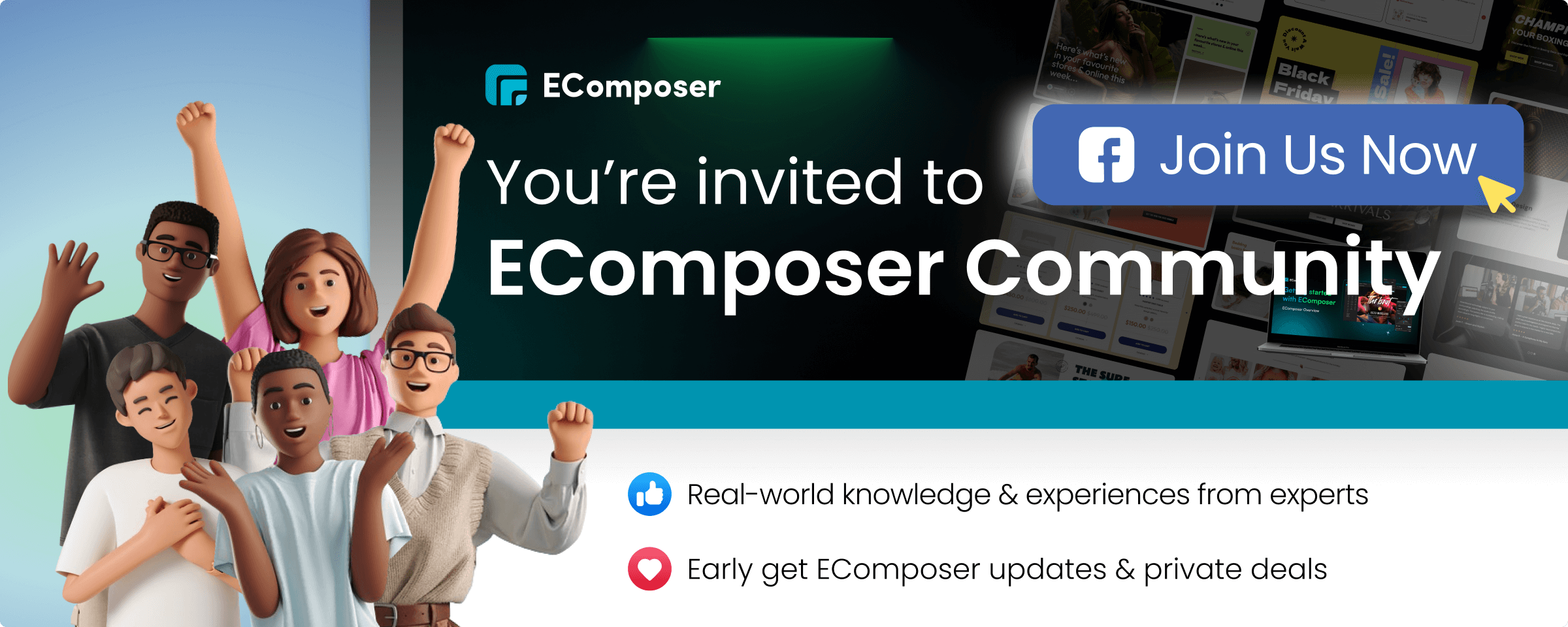


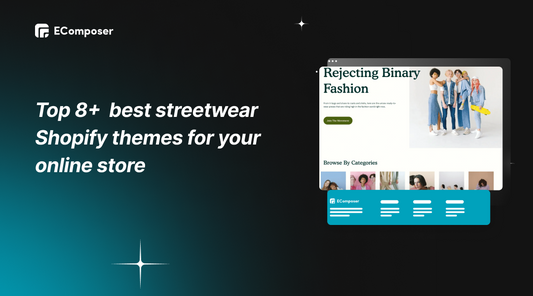

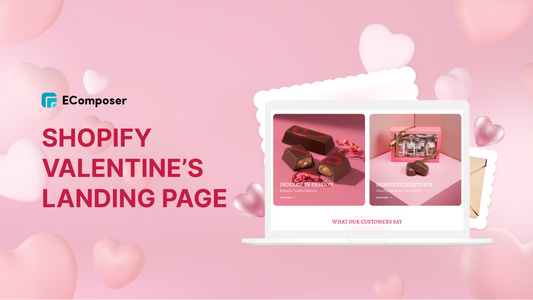
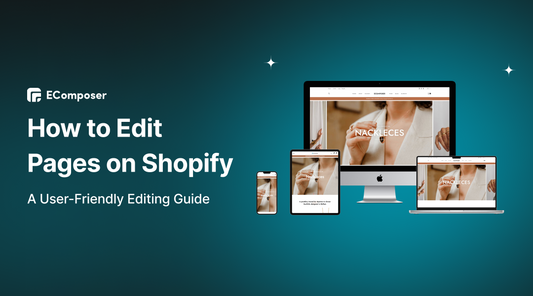
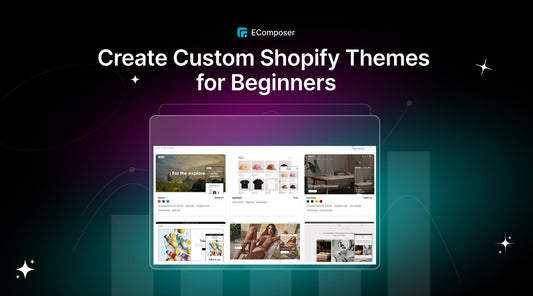









0 comments